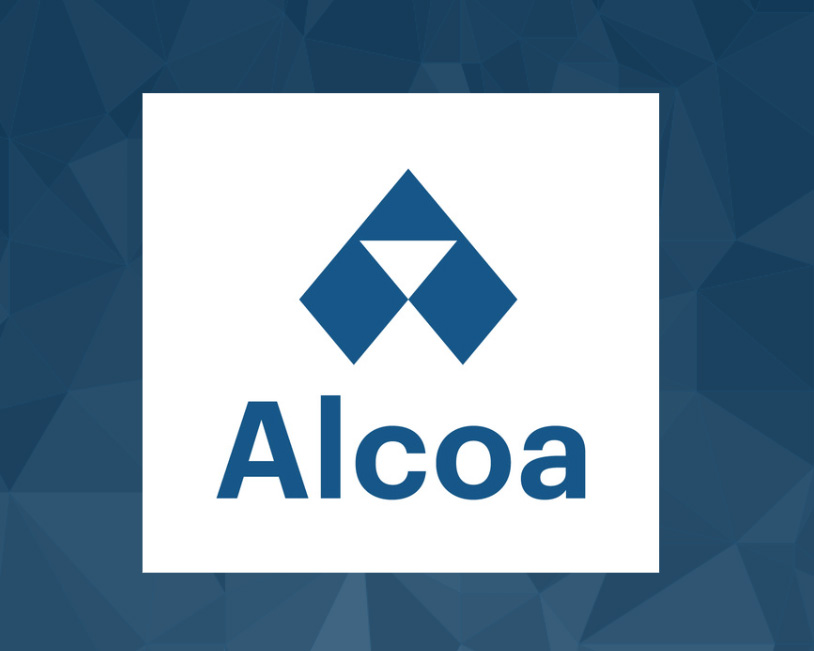March 05, 2023
Alcoa completes purge of water pipeline

Alcoa has reacted swiftly to the Department of Water and Environmental Regulation’s (DWER) order to purge a 10 kilometre pipeline at its Willowdale mine with clean water.
The process was completed at approximately 4pm yesterday (Saturday) including collection of the required water samples.
The action was part of a Prevention Order issued by DWER that required the purging of the pipeline that was used for a short period of time last winter to transport stormwater from an area of the mine located in the Samson Dam drinking water catchment to an area outside of the catchment (referred to as the Arundel Receival Dam).
The construction of the pipeline last year was a proactive, precautionary measure taken to manage water potentially affected by very low concentrations of PFAS.
Alcoa has informed DWER that the flushing process has been completed and is in ongoing discussions with the Department regarding the preferred options for transporting PFAS affected water out of the Samson Dam catchment for treatment as part of a Works Approval application.
Alcoa remains focused on ensuring our activities do not negatively impact on public drinking water supply, and will continue to engage with DWER to demonstrate our commitment to our shared objectives of safe processes that protect public health and the environment.
With the best intentions, we took proactive steps to manage the potential risk associated with what are very small concentrations of PFAS. We understand the need to work closely with the Department on the best way to manage PFAS affected water to ensure protection of the drinking water catchment.
Testing by independent consultants shows that the very small traces of PFAS discovered on our sites have not had any impact on public drinking water supply and we are confident that will continue to be the case.
Alcoa has a 60-year history of mining bauxite in WA without having any negative impact on public drinking water supply.
Background summary of PFAS transportation issue
- Alcoa proactively discovered traces of PFAS at our mines in 2019 following an investigation into the chemical compounds within a fire suppressant. The presence of the chemical had not been identified in the manufacturer-supplied information. We acted immediately to stop use of the fire suppressant.
- The matter was immediately raised with DWER. We have also referred our WA mine sites to DWER as known or suspected contaminated sites. DWER’s final classification is still to be determined.
- A thorough risk assessment was implemented to identify the preferred option for removing PFAS affected water from the Samson catchment area. DWER was informed of our preferred approach; our risk management thinking; and the controls to be put in place.
- Alcoa believes the safest and lowest risk option for transferring the PFAS affected water out of the Samson catchment for treatment is via a dedicated, sealed and monitored pipeline rather than by road transport using water carriers.
- Alcoa’s risk assessment identified there is less likelihood of spills from a purpose built, sealed and monitored pipeline. The pipeline can ensure there is the capacity to rapidly transport the required volumes of water out of the catchment area if there is any likelihood of elevated surface water flows due to winter rains.
- Alcoa’s risk assessment deemed trucking to be less effective than using a pipe due to the time and distance required to transport water during storm flows, the availability and limited capacity of trucking volumes, and the higher risk of spills occurring during loading, travel and unloading.
- We informed DWER of our intention to commence priority works on construction of the pipeline and water storage facilities as a matter of urgency ahead of the winter season in 2022, as we deemed this to be the most responsible approach to quickly address potential risks. This was done prior to construction starting.
- The pipeline was used for a short period when there was a higher likelihood of storm water flows within the catchment area. The pipeline has not been used since August 2022. It is located in a maintenance corridor that can only be accessed by authorised personnel using light vehicles. There have been no leaks from the pipeline.
- We are continuing to work with the Department on the best way to move water out of the drinking water catchment going forward.
- The concentrations of PFAS in the water for movement out of the drinking water catchment and treat are comparable to levels found across the Perth metropolitan area in a Department of Water and Environmental Regulation (DWER) report from November 2022.